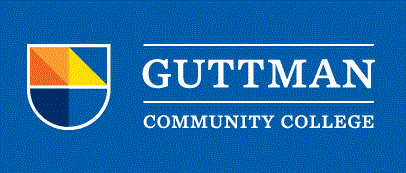
Publications and Research
Document Type
Article
Publication Date
5-2017
Abstract
Since the 1980s, cutbacks to welfare programs, widespread economic insecurity, and increased federal funding for nonprofit agencies have led to a massive expansion of emergency food providers (EFPs) such as soup kitchens and food pantries across the United States. These anti-hunger organizations are often staffed exclusively or predominantly by volunteers who are empowered to care for their communities. But, like all caring labor, volunteer work is shaped by race, class, and gender inequalities. Hunger and poverty motivate poor women to become volunteers, and contradictions around how this labor should be remunerated, recognized, and regulated create conflicts within EFPs. By mobilizing large numbers of poor, hungry people as volunteers to distribute surplus food, emergency food providers transform both wasted food and people who are typically considered “burdens” on the state into an important new form of free labor for a struggling economy in ways that deepen existing social inequalities.

Comments
This article was originally published in Gastronomica: The Journal of Critical Food Studies, available at DOI: 10.1525/ GFC .2017.17.2.16.